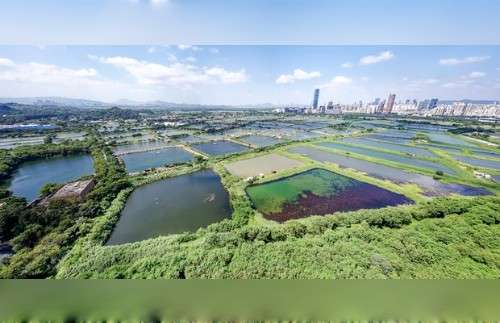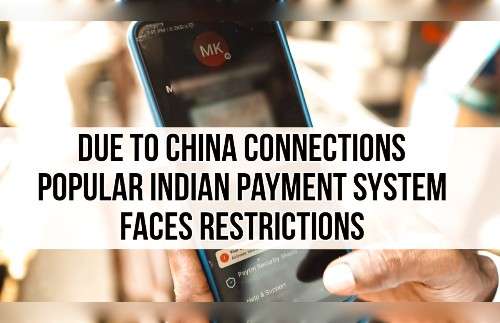 Uighurs are a largely Muslim ethnic minority group based mainly in China’s westernmost Xinjiang region. They tend to have more in common culturally and ethnically with people across Central Asian nations than they do with Han Chinese. Their language is related to Turkish and also shares similarities with Uzbek, Mongolian, Kazakh and Kyrgyz.
Uighurs are a largely Muslim ethnic minority group based mainly in China’s westernmost Xinjiang region. They tend to have more in common culturally and ethnically with people across Central Asian nations than they do with Han Chinese. Their language is related to Turkish and also shares similarities with Uzbek, Mongolian, Kazakh and Kyrgyz.
Islam is an important part of their identity. Most practice a moderate form of Sunni Islam, while some are followers of Sufi sects. It is not uncommon for Uighurs to drink alcohol or for women to work.
Uighurs tend to have more Mediterranean features and a larger build than their Han Chinese neighbors.
China’s 2010 census put the total population of Uighurs at just over 10 million, less than 1 percent of China’s total population. They are the largest ethnic group in the autonomous region of Xinjiang.
Where do the Uighurs live?
 Most Uighurs live in China’s autonomous region of Xinjiang, the country’s largest region. Xinjiang is strategically important to China, as it borders eight countries — Mongolia, Russia, Kazakhstan, Kyrgyzstan,Tajikistan, Afghanistan, Pakistan, and India.
Most Uighurs live in China’s autonomous region of Xinjiang, the country’s largest region. Xinjiang is strategically important to China, as it borders eight countries — Mongolia, Russia, Kazakhstan, Kyrgyzstan,Tajikistan, Afghanistan, Pakistan, and India.
Until recently, the population of Xinjiang was mostly Uighurs, but an influx of Han Chinese to the region has, in part, fueled tensions between the two groups.
Uighurs who live outside Xinjiang tend to be male traders who live in Chinese cities. There are also an estimated 400,000 Uighurs who live outside China, with most of them living in the Central Asian states bordering Xinjiang.
Xinjiang is rich in natural resources, and its economy has largely revolved around agriculture and trade. Its towns were once main stopping points along the famous Silk Road.
The region has been part of a shifting power struggle over the last millennium, marked by a series of conquests by the Chinese, as well as periods of occasional independence.
Most Uighurs live in China’s autonomous region of Xinjiang, the country’s largest region. Xinjiang is strategically important to China, as it borders eight countries — Mongolia, Russia, Kazakhstan, Kyrgyzstan,Tajikistan, Afghanistan, Pakistan, and India.
What is now known as Xinjiang came under Chinese rule in the 18th century. The region experienced a short-lived period of independence in the 1940s, but China regained control when the Communists took power in 1949.
Why is there tension between China and the Uighurs?
Xinjiang has experienced a huge demographic shift in the last 70 years. Uighurs made up 75 percent of the region’s population in 1945, but make up only about 45 percent today. Han Chinese have moved to Xinjiang’s cities in large numbers, attracted by major development projects that have brought prosperity to the region.
However, Uighurs have complained that the best jobs are given to Han Chinese, who do better economically, a fact that has fueled resentment between the groups.
The population of Han Chinese has grown from 9 percent in 1945 to 40 percent today. China has also deployed a large number of troops who are stationed in the region.
As demographics change, activists say the Uighurs’ ability to engage in business and cultural activities has been gradually curtailed by the Chinese government. They also say the government places severe restrictions on Islam, branding ordinary Muslim traditions as religious “extremism” in order to curtail them.
Journalists have reported in that in recent years, the local government has organized public ceremonies and signings in which ethnic minorities pledge their loyalty to the Chinese Communist Party. They also say the state makes it difficult for Uighurs to have any contact with other Turkic and Muslim peoples abroad.
When have tensions flared?
Tensions between the Uighurs and the Chinese government increased in the 1990s when support for separatist groups was on the rise in Xinjiang. The groups were inspired by the collapse of the Soviet Union and the emergence of independent Muslim states in Central Asia. China’s government suppressed public demonstrations, and activists went underground.
China was accused of intensifying its crackdown on the Uighurs in the runup to the Beijing Olympics in 2008, but tensions dramatically escalated in 2009. Rioting took place that year in the regional capital, Urumqi, and Chinese officials said around 200 people were killed, most of them Han Chinese. Beijing argued that a crackdown was necessary to stop the violence and the spread of separatist sentiment.
Tensions rose again in 2016 with the arrival of a new party secretary to Xinjiang, Chen Quanguo, who pursued the same hard-line policies he had previously used while in Tibet.
Since then, human rights groups have accused China of putting a million Uighurs in detention camps. China says it has put Uighurs in “vocational education centers” to stop the spread of religious extremism and to halt a surge in terrorist attacks. Critics of the Chinese policy say the measures are aimed at destroying Uighur identity.(Source: VOA NEWS)










